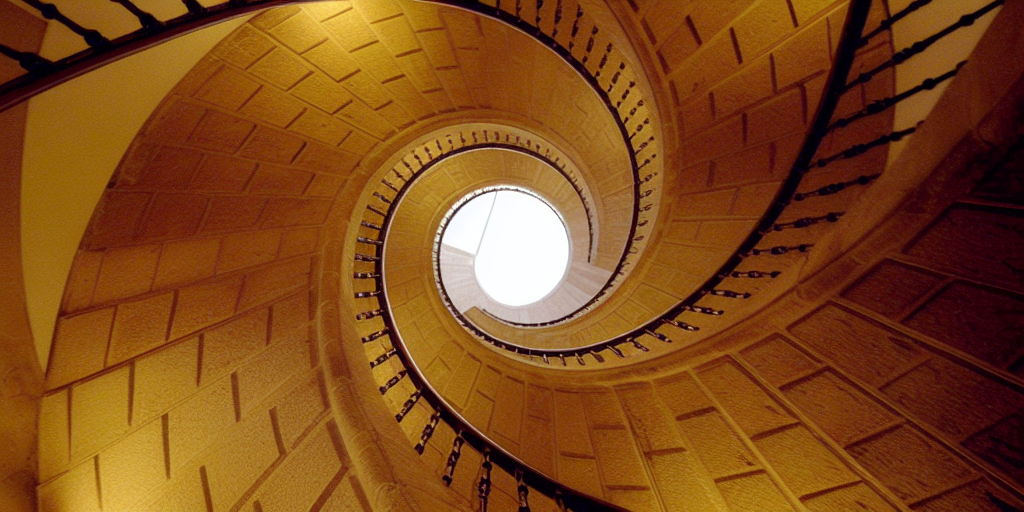Speaker
Description
Quantum research is focused on using quantum systems to perform computations and tasks that are impossible with a classical approach. These quantum computational advantages are a result of exponential differences in the resources needed for classical and quantum systems to perform the same task. However, quantum information processing offers more than just computational power. There is a different kind of advantage that comes from quantum foundations, where quantum information processing cannot be explained classically. This advantage results in understanding quantum foundations of nonclassical resources such as entanglement, coherence, Bell nonlocality and contextuality, beyond what can be achieved using classical resources alone. This work starts with the experimental investigation of the information advantage for the task of standard quantum interrogation, recently obtained in [4]. We implement and test the scheme of quantum interrogation in a Mach-Zehnder interferometer, experimentally verifying that the robust efficiency achievable by quantum theory in this task cannot be explained by noncontextual models, as predicted theoretically in Ref.[4]. We address such a contextual advantage in quantum theory in a robust way. It is known that noncontextual models can grasp some aspects of quantum coherence, just as local models can grasp some aspects of quantum entanglement. Nonetheless, coherence remains a critical resource for quantum information and computation. At this stage it is worth asking what coherence-free models cannot explain. The inequalities of Refs. [1, 3], newly established, provide a clear answer by placing tight bounds on these models. Any violations of these inequalities indicate the presence of quantum coherence inside interferometers, which can be effectively tested for quantum states of any dimension. Such violations are the focus for the second part of this work. We experimentally witness basis-independent coherence qubits, qutrits and ququarts efficiently. Moreover, we show theoretically, numerically and experimentally, that a family of inequalities introduced in Ref. [4] has a particularly interesting property: any violations of such inequalities witness not only basis-independent coherence inside the interferometers, but also the dimensionality of the information encoded. The fact that this family has violations for coherent qudits only marks a new paradigm in quantum coherence. There exists quantum coherence that is achieved by qudits that cannot be achieved with qubits. Such a fact has no precedent from the resource theoretic perspective of basis-dependent coherence since any quantifier of coherence would be non-zero for qubits. We experimentally witness this proposed new form of coherence for qutrits and ququarts inside a six-mode universal reconfigurable integrated photonic chip. We prove that the inequalities violated by pure qutrits cannot be violated by 2 qubits, complementing this result with numerical and experimental investigations with the related inequality for the ququart. In doing so, we extend the dimension witness results from Ref.[2] both qualitatively and quantitatively and push the generic witnessing of information advantage provided by coherence in the device to most of its modes. The research demonstrates a new paradigm in quantum coherence, where violations of these inequalities mark the presence of coherent high-dimensional information. In conclusion, quantum research offers the potential for new computational and information processing capabilities that are not possible with classical systems. The study of quantum foundations and the non-classical resources is crucial for unlocking these advantages and pushing the limits of what is possible in information processing.
[1] Ernesto F. Galvão and Daniel J. Brod. “Quantum and classical bounds for two-state overlaps”. In: Physical Review A 101.6 (2020). url:https://doi.org/10.1103/physreva.101.062110.
[2] Taira Giordani et al. “Witnesses of coherence and dimension from multiphoton indistinguishability tests”. In: Physical Review Research 3.2 (2021). url:https://doi.org/10.1103/physrevresearch.3.023031.
[3] Rafael Wagner, Rui Soares Barbosa, and Ernesto F Galvão. “Inequalities witnessing coherence, nonlocality, and contextuality”. In: (2022). arXiv: 2209.02670v1 [quant-ph].
[4] Rafael Wagner, Anita Camillini, and Ernesto F. Galvão. “Coherence and contextuality in a Mach-Zehnder interferometer”. In: (2022). arXiv: 2210.05624v1 [quant-ph].
